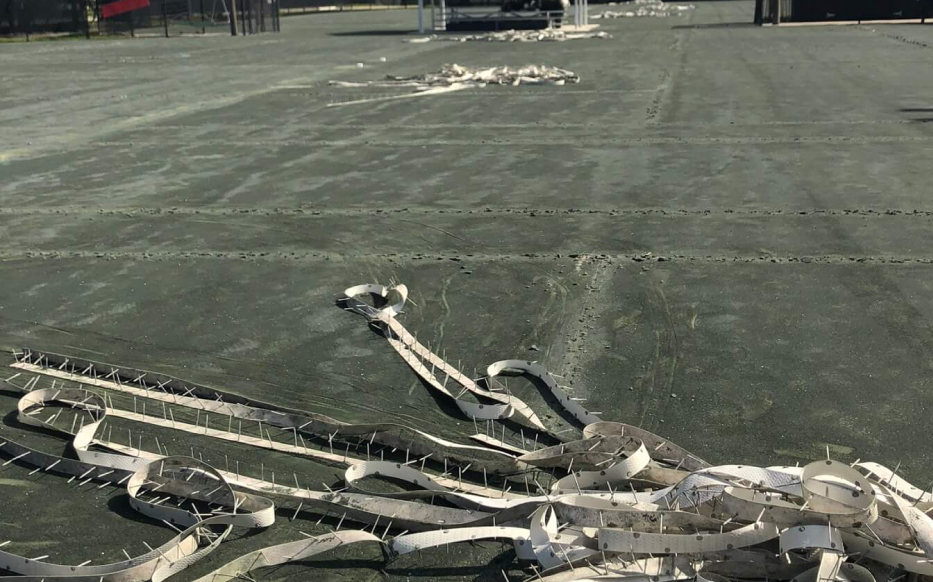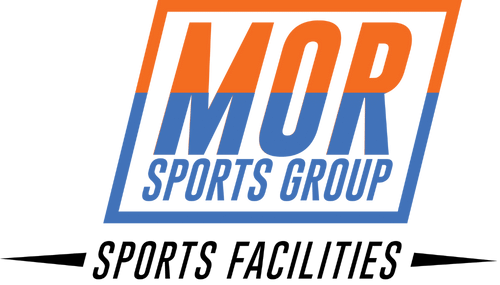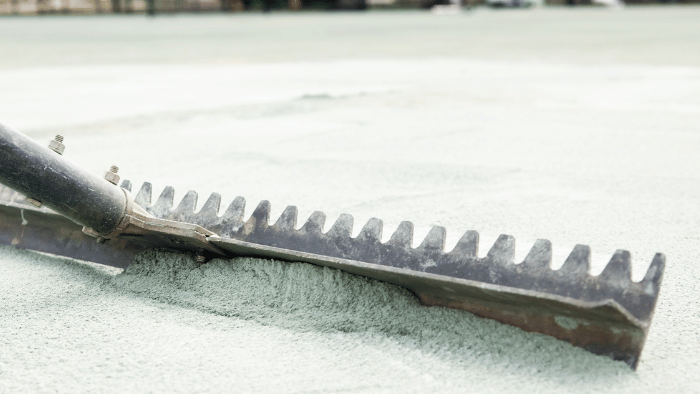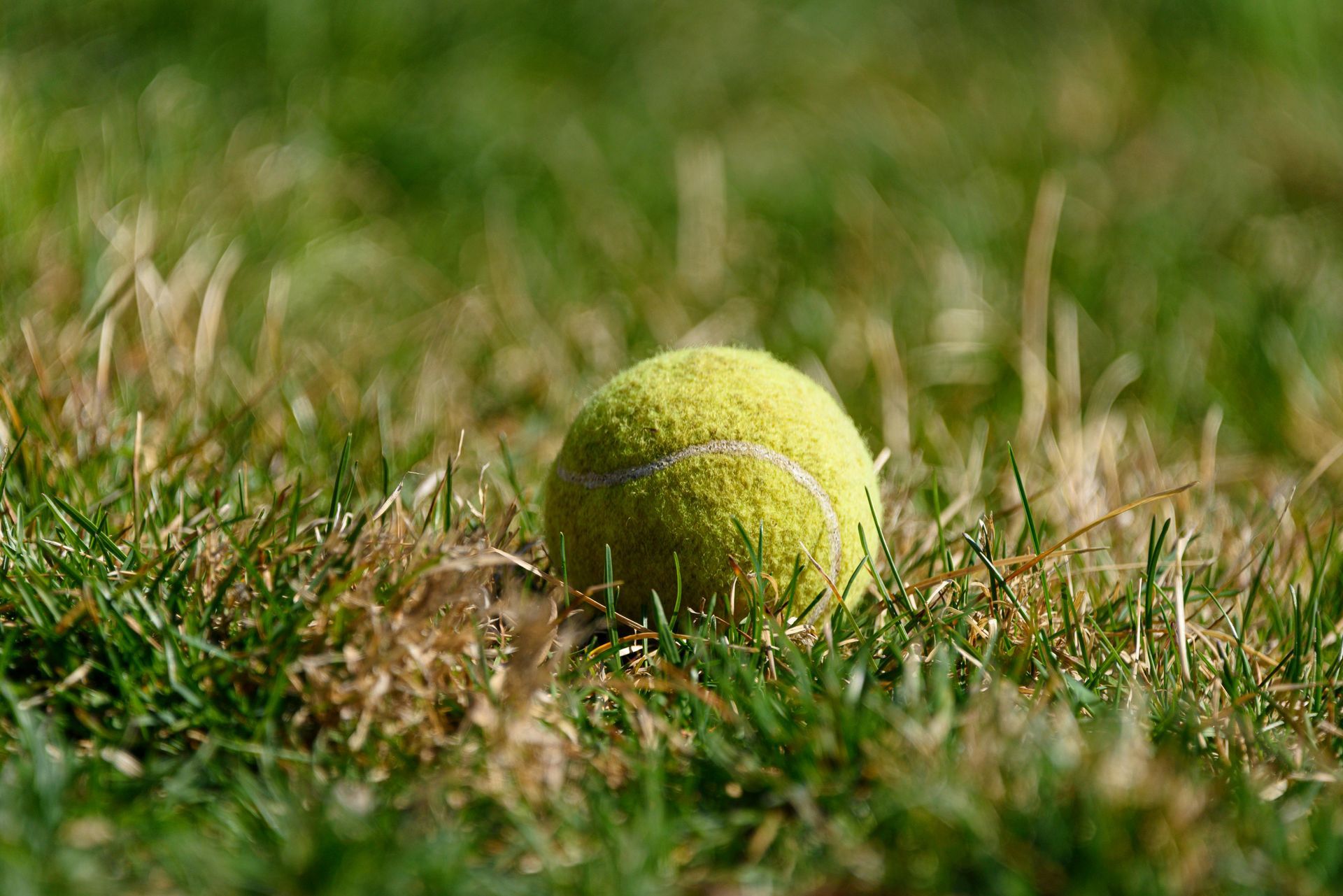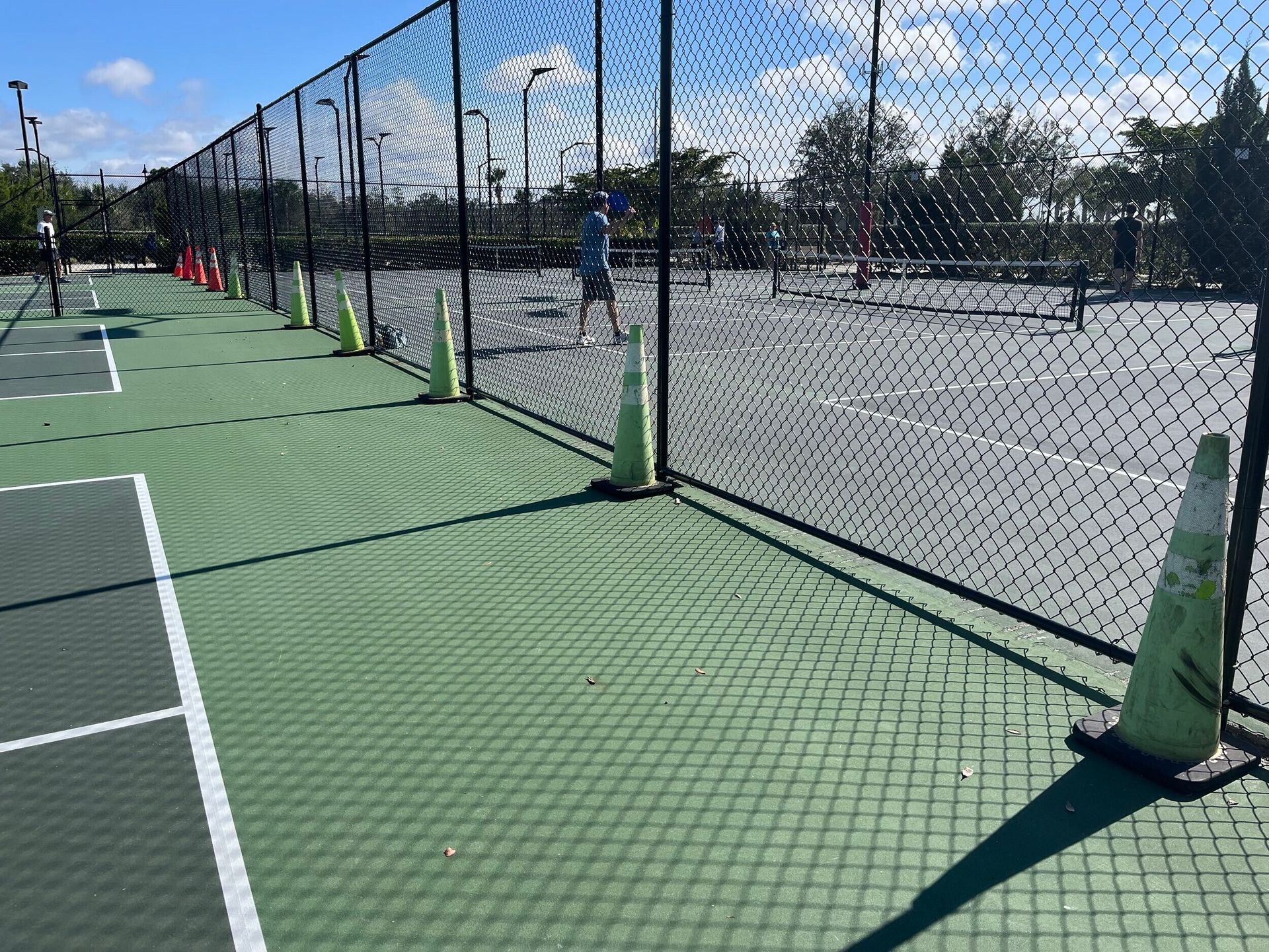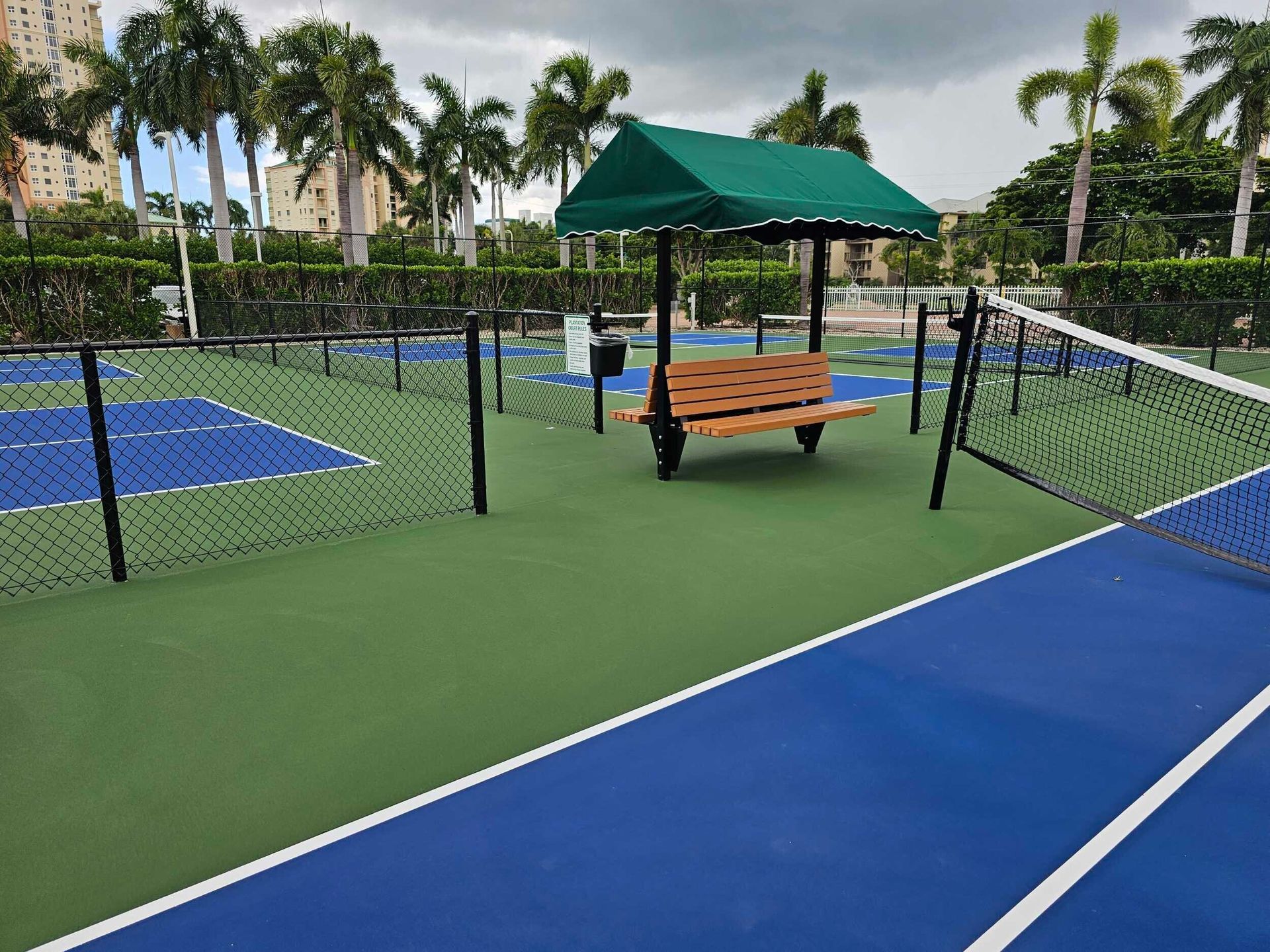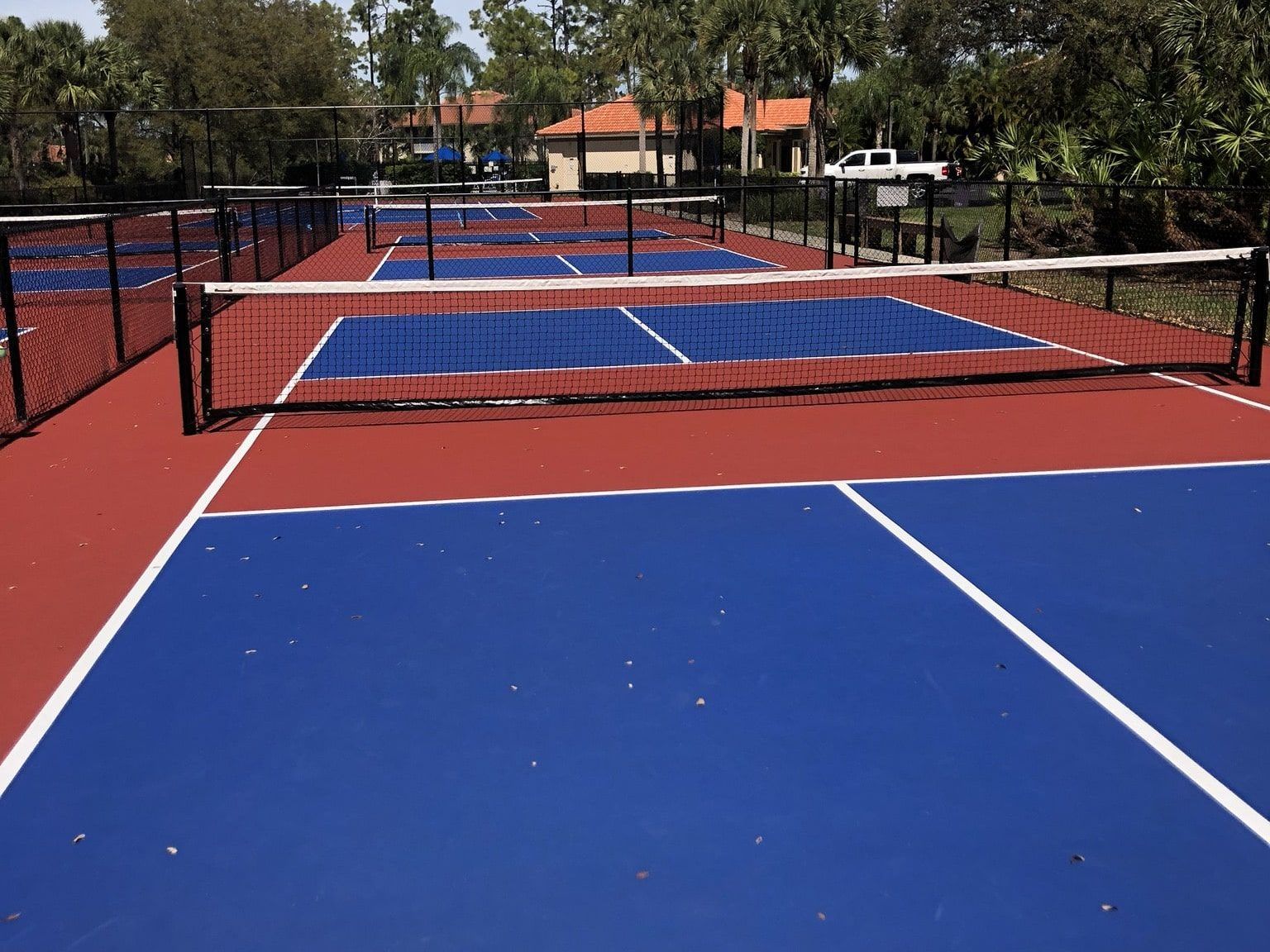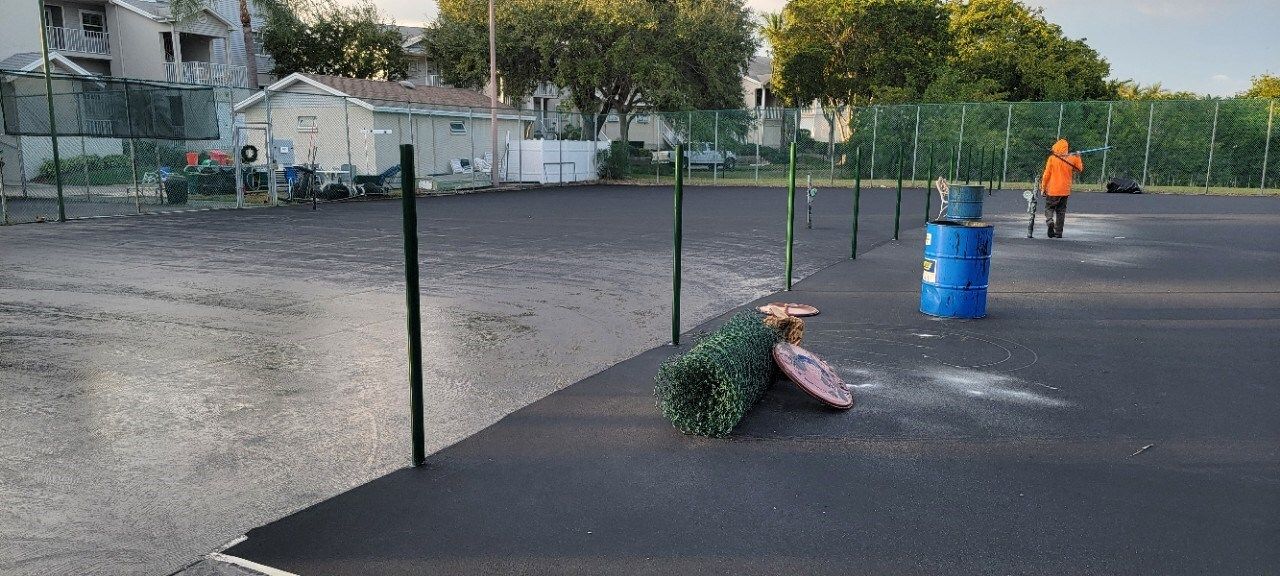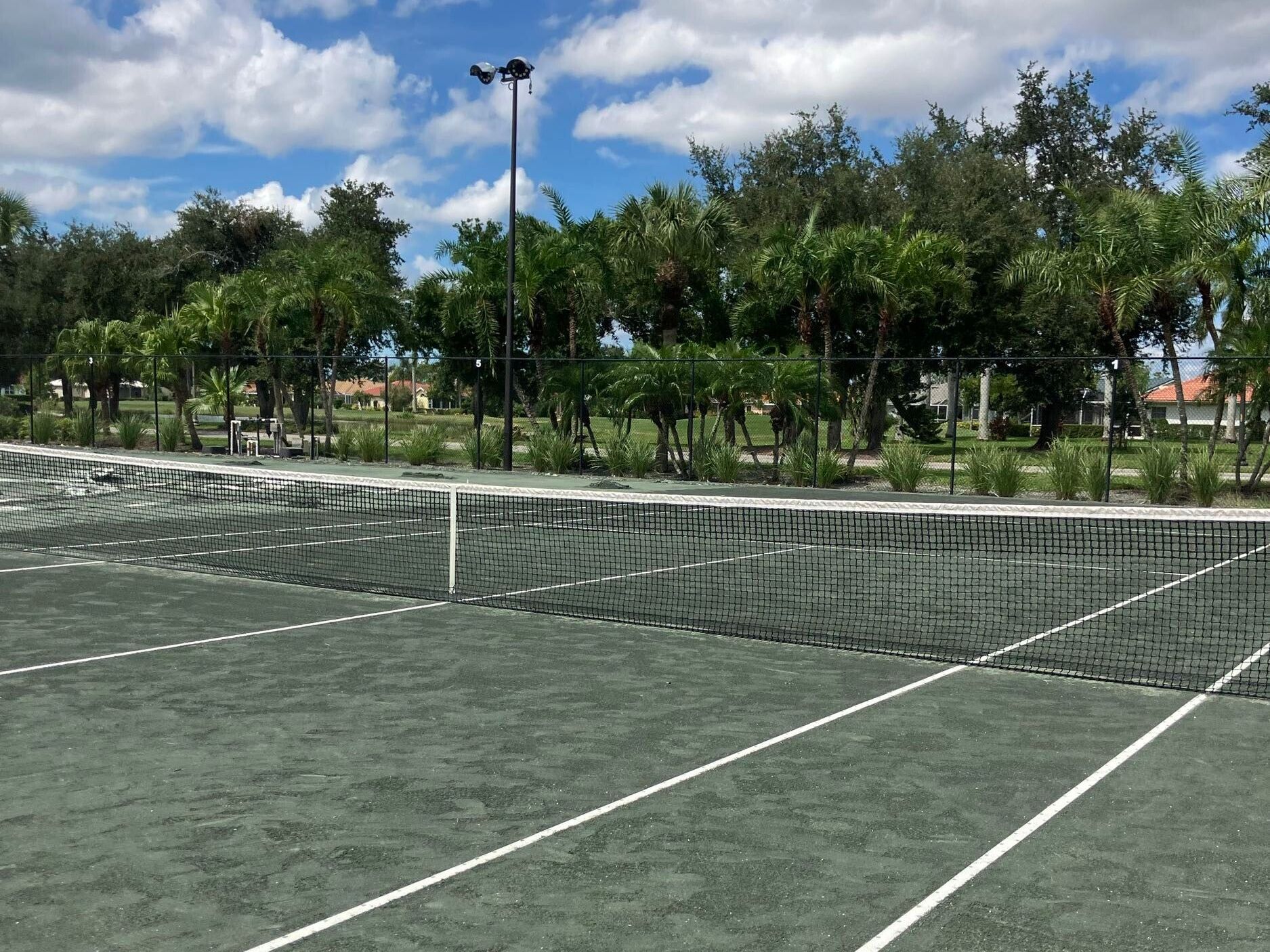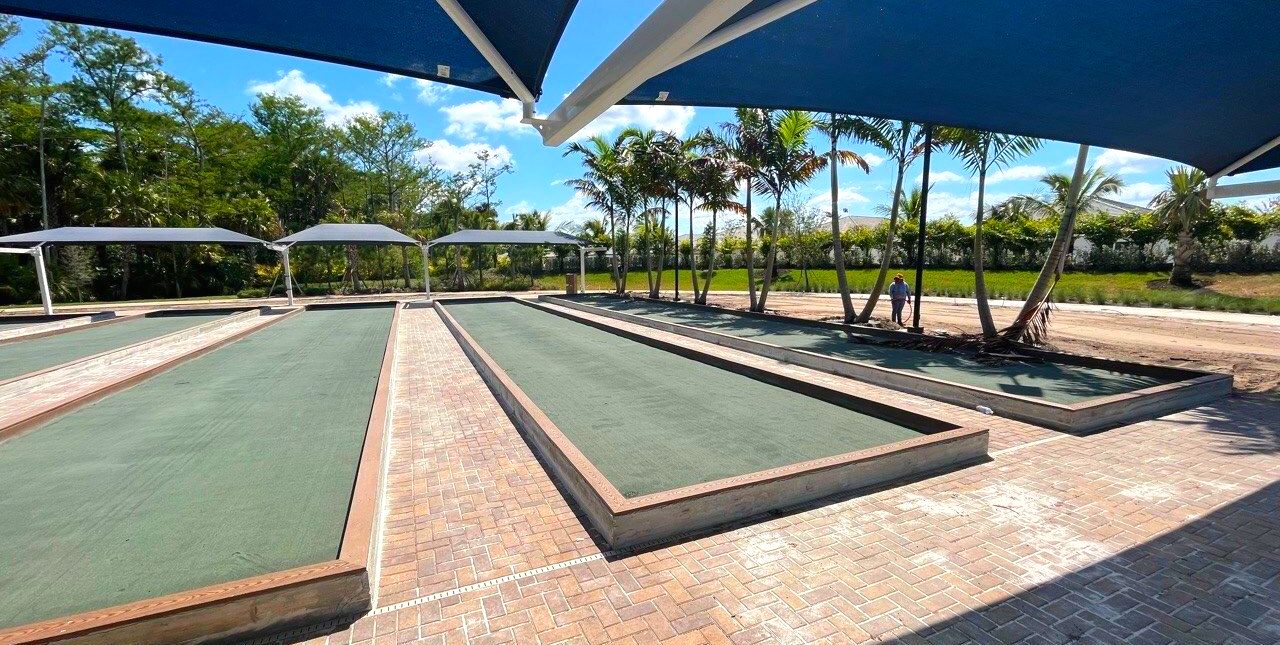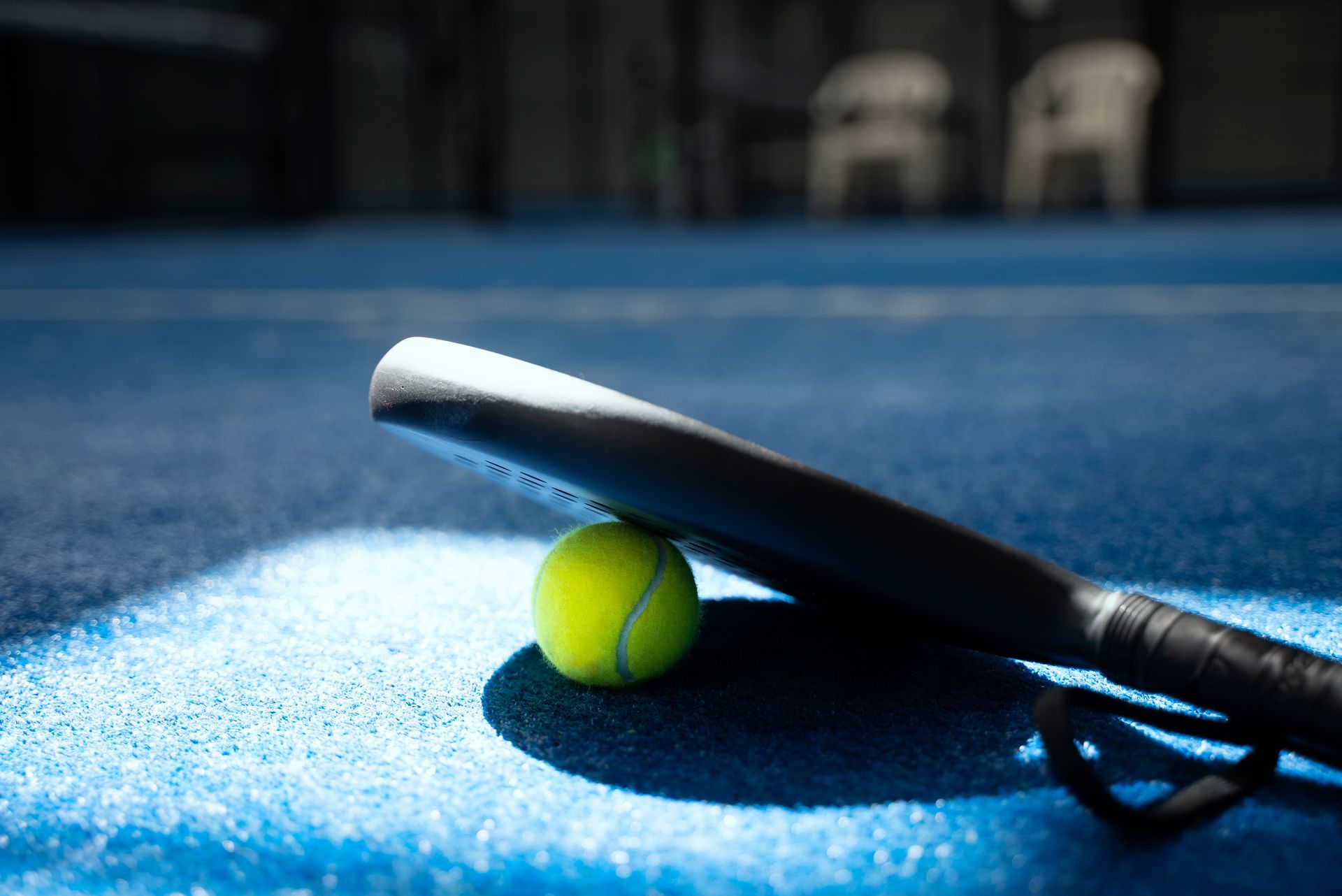Choosing the Best Materials for Clay Court Construction
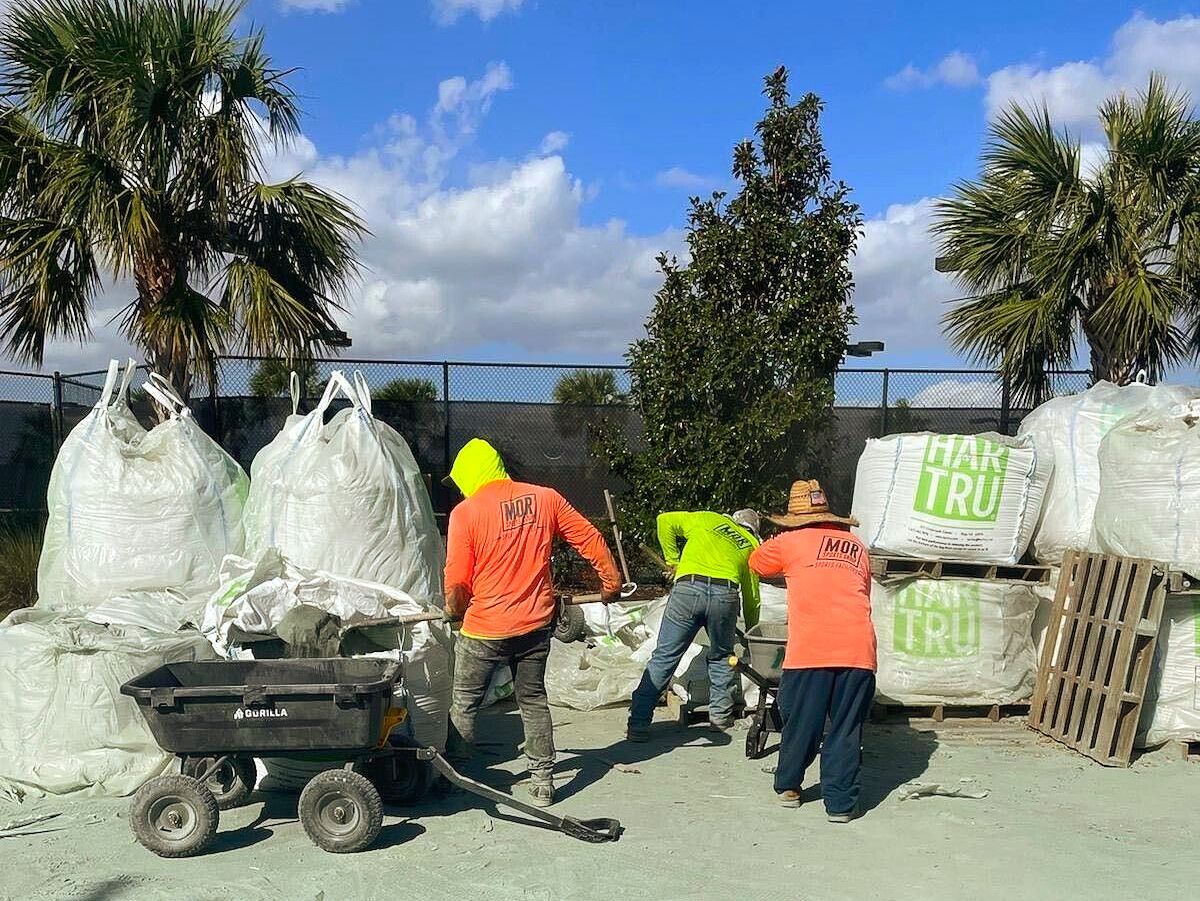
Building a clay tennis court requires careful material selection to ensure durability, optimal playability, and easier maintenance. The right materials impact everything from ball bounce to surface longevity. Whether you’re installing a new court or upgrading an existing one, understanding the best options for clay court construction is essential.
Understanding Clay Tennis Courts
Clay courts are popular worldwide for their slower ball speed, higher bounce, and reduced impact on players’ joints. They are widely used in professional and recreational tennis, offering a unique playing experience that emphasizes endurance and strategy over raw power.
Why Choose a Clay Court?
Clay courts offer a unique playing experience that differs from hard and grass courts. Many professional players prefer them because they slow down the ball, allowing for longer rallies and a more strategic style of play.
- Better for endurance – Players rely on stamina and tactics rather than power and speed.
- Less impact on joints – The soft surface reduces stress on knees and ankles.
- Great for training – Developing players benefit from improved footwork and endurance.
- Prestige and tradition – Many famous tournaments, including the French Open, are played on clay courts.
Key Benefits of Clay Tennis Courts
Clay courts are popular among clubs, schools, and private owners because of their unique advantages.
- Self-healing surface – Minor cracks and wear spots naturally fill in over time.
- Temperature control – Clay courts stay cooler than asphalt or concrete surfaces.
- Environmentally friendly – Made from natural materials that require less energy to produce.
- Consistent ball bounce – Ideal for baseline players who rely on strategy over power.
Essential Materials for Clay Court Construction
The materials used in clay court construction determine the court’s performance and maintenance requirements. Choosing high-quality components ensures better longevity and reduces upkeep costs.
Natural vs. Synthetic Clay: Which Is Better?
Clay courts can be built using natural clay or synthetic alternatives. Choosing the right material depends on budget, climate, and maintenance capabilities.
- Natural Clay
- Made from crushed shale, stone, or brick.
- Provides a traditional clay court feel and performance.
- Requires regular watering and rolling.
- Synthetic Clay
- Designed to mimic the feel of natural clay.
- Requires less maintenance and holds up better in dry climates.
- Often used in indoor facilities and regions with water restrictions.
Har-Tru: The Best Clay Court Surfacing Material?
Har-Tru is a premium clay court material made from crushed stone rather than traditional clay. Many facilities prefer it because it’s easier to maintain while offering similar playing characteristics.
- Faster drying – Drains water better than natural clay, reducing downtime after rain.
- Durable and long-lasting – Withstands heavy play without excessive wear.
- Available in multiple colors – Traditional green clay, red clay, and gray options.
Importance of a Proper Base and Subsurface
A clay court’s longevity depends on a strong foundation and subsurface. Without the right materials, the court can develop drainage issues, uneven surfaces, or excessive cracking. The key components of a clay court base are:
- Compacted Stone Layer – Creates a solid, stable foundation.
- Porous Aggregate Layer – Ensures proper water drainage.
- Geotextile Fabric – Prevents clay particles from mixing with the base layers.
- Final Clay Layer – The playing surface is typically made from Har-Tru or traditional clay.
A well-constructed base reduces maintenance costs and extends the court’s lifespan. The USTA Facility Assistance Guide provides professional recommendations for selecting the right foundation and surface materials.
Tools and Supplies Needed for Clay Court Installation
Proper tools are essential for a smooth, well-leveled, and durable clay court. From measuring to compacting, each step requires specialized equipment.
Accurate court dimensions ensure a professional-quality playing surface. Standard tennis court dimensions are 78 feet long by 36 feet wide (doubles) or 27 feet wide (singles). Here are the must-have marking tools:
- Tape measures – For precise layout measurements.
- Line marking tape – Creates clear, long-lasting boundary lines.
- String and chalk – Help mark baseline, service boxes, and sidelines before finalizing the surface.
Essential Equipment for a Durable Clay Court
Installing a clay court requires specialized tools to ensure the surface is even, compacted, and playable.
- Rollers – Compact the clay for a smooth, firm playing surface.
- Drag brushes – Helps level and distribute the clay evenly.
- Irrigation system – Keeps the clay moist for ideal playing conditions.
Maintaining a Clay Tennis Court for Longevity
Clay courts need routine maintenance to preserve their playability and durability. A consistent care routine prevents the surface from becoming too dry, compacted, or uneven.
Regular Irrigation and Moisture Control
Clay courts require consistent moisture to maintain their integrity. If they dry out, the surface can become loose and dusty, leading to uneven play.
- Install an automated irrigation system to maintain optimal moisture levels.
- Water early in the morning or late in the evening to prevent rapid evaporation.
- Adjust the watering frequency based on temperature and humidity.
Smoothing and Leveling Techniques
Daily maintenance keeps the court playable and extends its lifespan.
- Use a drag brush after each session to prevent uneven patches.
- Roll the court at least once a week to maintain a firm surface.
- Remove leaves and debris regularly to prevent buildup.
Best Tools for Routine Clay Court Maintenance
A few essential tools make maintaining a clay court much easier.
- Gator Rake – Loosens packed clay while smoothing the surface.
- Line sweepers – Keeps court markings visible.
- Court rollers – Compact the surface to prevent shifting.
Cost Considerations for Clay Court Construction
The cost of building and maintaining a clay court depends on materials, labor, and ongoing maintenance. Investing in quality materials upfront can reduce long-term expenses.
Material Costs vs. Long-Term Maintenance
Clay courts require a higher initial investment than hard courts but cost less in the long run due to fewer resurfacing needs. The estimated costs are:
- Clay Surface Installation – $30,000 to $75,000, depending on materials and site preparation.
- Annual Maintenance – Around $2,000 to $5,000 for irrigation, rolling, and repairs.
For a detailed breakdown of tennis court construction expenses, you can check out this cost analysis from Sports Venue Calculator.
How to Build a Budget-Friendly Clay Court
Constructing a clay court doesn’t have to break the bank. Smart material choices and efficient systems can help reduce long-term expenses. Har-Tru is a great alternative to traditional clay since it requires less maintenance and holds up better over time. Proper drainage is essential to prevent water buildup, which can lead to expensive repairs. A self-watering system minimizes manual labor and ensures the court stays in optimal condition without excessive water use. Investing in quality materials and smart infrastructure upfront will save money in the long run.
Where to Get Quality Clay Court Construction Materials?
For those looking for premium materials and professional installation services, MOR Sports Group offers top-tier clay court construction solutions. They specialize in designing, building, and maintaining high-performance clay courts for schools, clubs, and private facilities.
Their services include:
- Custom clay court design tailored to specific climate conditions.
- Premium-grade Har-Tru materials for durable and long-lasting playability.
- Advanced irrigation systems for easy maintenance.
MOR Sports Group helps ensure your clay tennis court meets the highest industry standards while remaining cost-effective.
Conclusion
The best clay court materials depend on playability, durability, and maintenance preferences. Har-Tru remains a top choice due to its ease of upkeep and high-performance surface. For a successful clay court installation, choose high-quality base materials, invest in proper irrigation, and work with trusted suppliers like MOR Sports Group. A well-built clay court enhances player experience and ensures long-term value, making it a worthwhile investment for any facility.
